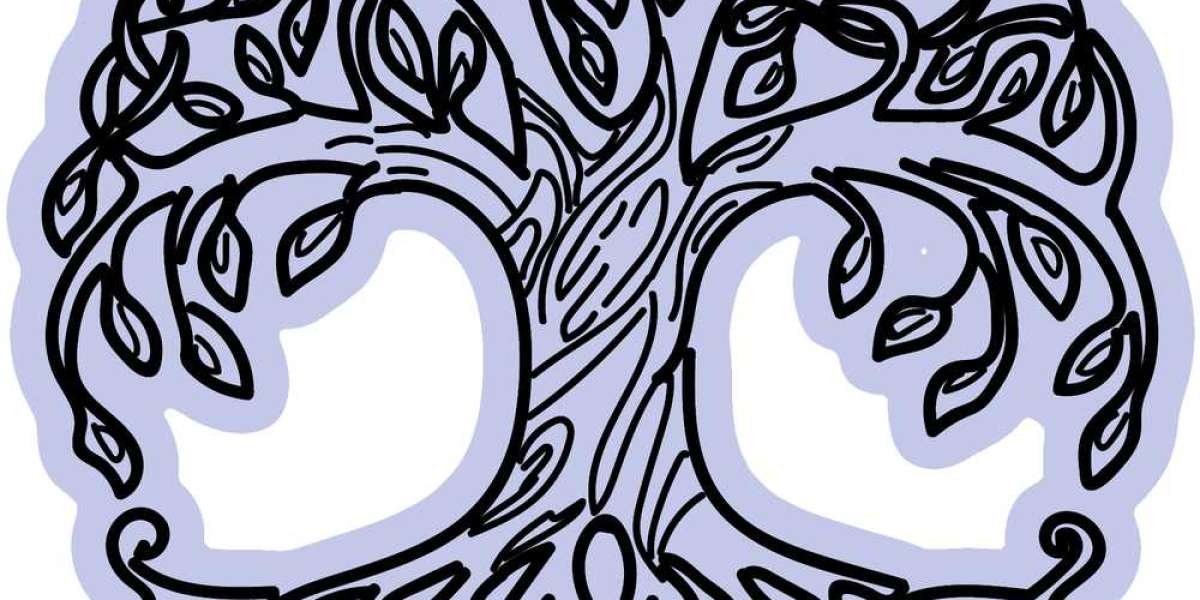Color is one of the most powerful tools in graphic art design. It has the ability to evoke emotions, establish brand identity, and guide user behavior. Understanding color theory is essential for creating visually appealing and effective designs. In this guide, we’ll dive into the fundamentals of color theory, how to apply it in your designs, and explore practical tips for using color to enhance your work.
What is Color Theory?
Color theory is the study of how colors interact with each other and how they can be combined to create aesthetically pleasing designs. It helps designers make informed choices about which colors work well together, how they influence perception, and how to establish mood or convey messages.
At its core, color theory is based on the color wheel—a visual representation of colors arranged according to their chromatic relationships. The color wheel is divided into three primary colors (red, blue, and yellow), three secondary colors (green, orange, and purple), and six tertiary colors, which are combinations of primary and secondary hues.
The Color Wheel: Primary, Secondary, and Tertiary Colors
- Primary Colors: Red, blue, and yellow are the building blocks of all other colors. These cannot be created by mixing other colors.
- Secondary Colors: Green, orange, and purple are created by mixing two primary colors.
- Tertiary Colors: These are the result of mixing a primary color with a secondary color. Examples include teal (blue + green) and amber (orange + yellow).
Color Harmonies: Combining Colors Effectively
Once you understand the basic color wheel, you can explore different color harmonies, which are specific combinations of colors that are aesthetically pleasing. These harmonies form the foundation of color schemes that work well in design.
Complementary Colors: Colors that are opposite each other on the color wheel. For example, red and green or blue and orange. These pairs create strong contrasts and can make designs vibrant and attention-grabbing.
Analogous Colors: Colors that are next to each other on the color wheel. For example, blue, blue-green, and green. These combinations are harmonious and create a sense of unity and flow in the design.
Triadic Colors: Three colors that are evenly spaced on the color wheel. For example, red, yellow, and blue. Triadic color schemes are balanced and offer a vibrant but cohesive look.
Split-Complementary Colors: This is a variation of the complementary color scheme, where you choose one base color and two adjacent to its complementary color. For example, blue with yellow-orange and red-orange. This provides contrast without the intensity of direct complementary colors.
Monochromatic Colors: Variations of a single color, using different shades, tints, and tones. This creates a more subtle, soothing design.
Psychology of Color in Graphic Design
Color isn’t just about aesthetics—it can influence perception and behavior. Each color carries its own psychological associations, which can be used strategically in design to communicate a message.
- Red: Often associated with energy, passion, and urgency. It’s commonly used for calls to action (CTAs) or to grab attention.
- Blue: Evokes feelings of trust, calm, and professionalism. It’s popular in corporate branding and websites.
- Yellow: Represents happiness, optimism, and caution. It’s effective in grabbing attention but should be used sparingly.
- Green: Symbolizes growth, health, and nature. It’s often used in eco-friendly or wellness brands.
- Purple: Often linked to luxury, creativity, and mystery. It’s used in high-end or artistic design.
- Orange: A friendly, energetic color that promotes enthusiasm and creativity. It’s often used in sports or youthful branding.
- Black: Represents sophistication, elegance, and authority. It’s a classic choice for luxury and fashion brands.
- White: Symbolizes purity, simplicity, and cleanliness. It’s often used in minimalistic designs.
Practical Tips for Using Color in Graphic Design
Use Contrast Wisely: High contrast can make elements stand out, but too much can be overwhelming. Aim for contrast between text and background to ensure readability.
Limit Your Palette: While it's tempting to use a variety of colors, too many can lead to visual clutter. Stick to a limited color palette (typically 2-4 colors) for cohesion and clarity.
Consider Accessibility: Ensure that your color choices are accessible to people with color vision deficiencies. Tools like color contrast checkers can help ensure readability for all users.
Test Colors Across Devices: Colors can appear differently on different screens. Always preview your designs on multiple devices to ensure the colors look as intended.
Establish Consistency: Use your color scheme consistently across all elements of your design. This reinforces brand identity and creates a unified visual experience.
Conclusion
Color theory is an essential skill for graphic designers, and understanding its principles can elevate your work, making it more impactful and visually appealing. By experimenting with different color harmonies, considering color psychology, and keeping accessibility in mind, you can create designs that not only look great but also resonate with your audience on a deeper level. Whether you're designing a logo, website, or marketing materials, mastering color theory is a key step toward achieving design success.











